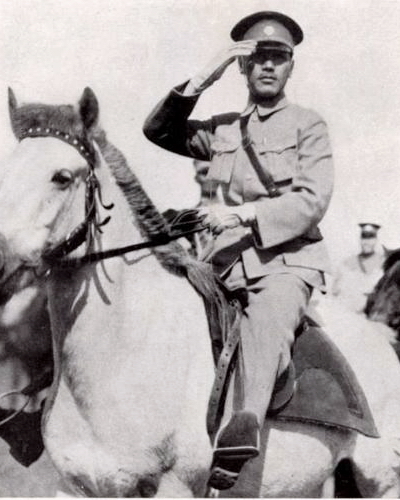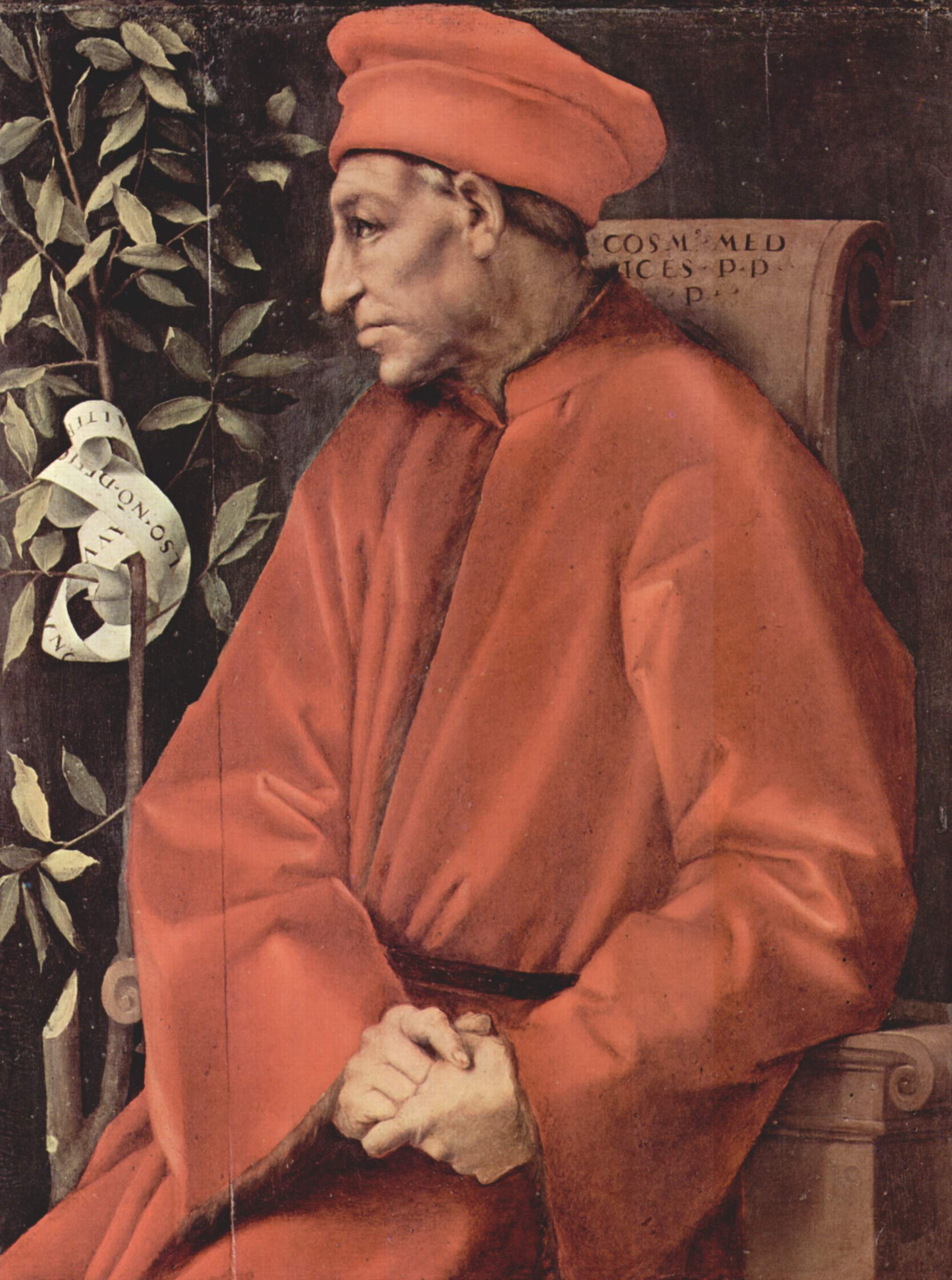|
Kang Keqing
Kang Keqing (K'ang K'e-ching; ; September 7, 1911 – April 22, 1992) was a Chinese revolutionary and politician. As a teenager, she joined the Chinese Red Army, fighting with the Chinese Communist Party during the Chinese Civil War and participating in the Long March. She later served as chair of the All-China Women's Federation and served on the Central Committee of the Chinese Communist Party during the 1980s. She was also the wife of general Zhu De until his death in 1976. Early life Kang was born to a Hakka people, Hakka fishing family in the township of Luotangwan () Wan'an County, Jiangxi Province. In order to make ends meet, her parents sold five daughters in succession to other families as Tongyangxi, brides. Kang was given away when she was 40 days old to a Sharecropping, tenant farmer called Luo Qigui (). Her future husband had not yet been born at this point and, when the Luo family finally had their child, it was a girl. This child died and Kang was cared for by the L ... [...More Info...] [...Related Items...] OR: [Wikipedia] [Google] [Baidu] |
Kang (Chinese Surname)
Kang (康, pinyin: Kāng) is a Chinese surname. It is the 88th name on the ''Hundred Family Surnames'' poem.K. S. Tom. 989(1989). Echoes from Old China: Life, Legends and Lore of the Middle Kingdom. University of Hawaii Press. . * Kang Senghui (died 280), Buddhist monk of Sogdian origin * Kang Youwei (1858–1927), reformist political figure from the late Qing dynasty * Kang Tongbi (1887–1969), social activist from the early Republic of China period, Kang Youwei's daughter * Kang Sheng (1898–1975), high-ranking official in the People's Republic of China * Kang Keqing (1911–1992), politician, wife of Zhu De * Kang Laiyi (1936–2019), epidemiologist * Kang Hui (born 1972), news anchor * Kang Ching-jung (康晋榮), or commonly known as Kang Kang (康康), is a Taiwanese entertainer and singer * Kang Jingwei (康敬伟, Jeffrey Kang, born 1970), Chinese billionaire entrepreneur, founder and CEO of Cogobuy Group See also * Kang (other) * Kang (Korean surna ... [...More Info...] [...Related Items...] OR: [Wikipedia] [Google] [Baidu] |
Jiangxi Province
; Gan: ) , translit_lang1_type2 = , translit_lang1_info2 = , translit_lang1_type3 = , translit_lang1_info3 = , image_map = Jiangxi in China (+all claims hatched).svg , mapsize = 275px , map_caption = Location of Jiangxi in China , coordinates = , subdivision_type = Country , subdivision_name = China , named_for = Jiangnanxi Circuit () , seat_type = Capital , seat = Nanchang , seat1_type = Largest city , seat1 = Ganzhou , parts_type = Divisions , parts_style = para , p1 = 11 prefectures , p2 = 99 counties , p3 = 1549 townships , government_type = Province , governing_body = Jiangxi Provincial People's Congress , leader_title = Party Secretary , leader_name = Yin Hong , leader_title1 = Congress chairman , leader_name1 = Yin Hong , leader_title2 = Governor ... [...More Info...] [...Related Items...] OR: [Wikipedia] [Google] [Baidu] |
Guerrilla Warfare
Guerrilla warfare is a form of unconventional warfare in which small groups of irregular military, such as rebels, partisans, paramilitary personnel or armed civilians, which may include recruited children, use ambushes, sabotage, terrorism, raids, petty warfare or hit-and-run tactics in a rebellion, in a violent conflict, in a war or in a civil war to fight against regular military, police or rival insurgent forces. Although the term "guerrilla warfare" was coined in the context of the Peninsular War in the 19th century, the tactical methods of guerrilla warfare have long been in use. In the 6th century BC, Sun Tzu proposed the use of guerrilla-style tactics in '' The Art of War''. The 3rd century BC Roman general Quintus Fabius Maximus Verrucosus is also credited with inventing many of the tactics of guerrilla warfare through what is today called the Fabian strategy, and in China Peng Yue is also often regarded as the inventor of guerrilla warfare. Guerrilla wa ... [...More Info...] [...Related Items...] OR: [Wikipedia] [Google] [Baidu] |
Shanghai Massacre
The Shanghai massacre of 12 April 1927, the April 12 Purge or the April 12 Incident as it is commonly known in China, was the violent suppression of Chinese Communist Party (CCP) organizations and leftist elements in Shanghai by forces supporting General Chiang Kai-shek and conservative factions in the Kuomintang (Chinese Nationalist Party or KMT). Following the incident, conservative KMT elements carried out a full-scale purge of communists in all areas under their control, and violent suppression occurred in Guangzhou and Changsha. The purge led to an open split between left-wing and right-wing factions in the KMT, with Chiang Kai-shek establishing himself as the leader of the right-wing faction based in Nanjing, in opposition to the original left-wing KMT government based in Wuhan, which was led by Wang Jingwei. By 15 July 1927, the Wuhan regime had expelled the Communists in its ranks, effectively ending the First United Front, a working alliance of both the KMT and CC ... [...More Info...] [...Related Items...] OR: [Wikipedia] [Google] [Baidu] |
Chinese Clothing
Chinese clothing, including ethnic minority garments, and modern adaptations of indigenous styles, is a vital aspect of Chinese culture and civilization. For thousands of years, Chinese clothing has evolved with dynastic traditions, foreign influences, and cultural exchanges, adapting to the needs of each era. Each dynasty maintained specific styles, colors, and forms that reflected social class distinctions and regional diversity. Beyond its practical functions—such as protection from weather and modesty—clothing also served as a cultural marker, distinguishing social roles, rank, and relationships. Ancient Chinese attire reflected the social and political structures of its time, while also showcasing textile, dyeing, and embroidery techniques. It stands as a testament to the creativity and ingenuity of the Chinese people, as well as the rich intercultural exchanges that shaped its development across centuries. Origin Ancient Chinese literature traditionally credits the i ... [...More Info...] [...Related Items...] OR: [Wikipedia] [Google] [Baidu] |
Feminism In China
Feminism in China refers to the collection of historical movements and ideologies in time aimed at redefining the role and status of women in China. Feminism in China began in the 20th century in tandem with the 1911 Revolution. Feminism in modern China is closely linked with socialism and class issues. Some commentators believe that this close association is damaging to Chinese feminism and argue that the interests of the Chinese Communist Party (CCP) are placed before those of women. Under the Xi Jinping administration, feminist groups have been subject to increased scrutiny by the country's system of mass surveillance. According to the 2020 Gender Gap Index measurement of countries by the World Economic Forum, China is ranked 106th on gender gap. Etymology Translating Feminism in the 1990s In 1989, seven overseas Chinese scholars formed The Chinese Scholars for Women's Studies (CSWS), a feminist network that aimed to promote Chinese women's and gender studies. In 1 ... [...More Info...] [...Related Items...] OR: [Wikipedia] [Google] [Baidu] |
Capitalism
Capitalism is an economic system based on the private ownership of the means of production and their use for the purpose of obtaining profit. This socioeconomic system has developed historically through several stages and is defined by a number of basic constituent elements: private property, profit motive, capital accumulation, competitive markets, commodification, wage labor, and an emphasis on innovation and economic growth. Capitalist economies tend to experience a business cycle of economic growth followed by recessions. Economists, historians, political economists, and sociologists have adopted different perspectives in their analyses of capitalism and have recognized various forms of it in practice. These include '' laissez-faire'' or free-market capitalism, state capitalism, and welfare capitalism. Different forms of capitalism feature varying degrees of free markets, public ownership, obstacles to free competition, and state-sanctioned social poli ... [...More Info...] [...Related Items...] OR: [Wikipedia] [Google] [Baidu] |
Imperialism
Imperialism is the maintaining and extending of Power (international relations), power over foreign nations, particularly through expansionism, employing both hard power (military and economic power) and soft power (diplomatic power and cultural imperialism). Imperialism focuses on establishing or maintaining hegemony and a more formal empire. While related to the concept of colonialism, imperialism is a distinct concept that can apply to other forms of expansion and many forms of government. Etymology and usage The word ''imperialism'' was derived from the Latin word , which means 'to command', 'to be sovereign', or simply 'to rule'. It was coined in the 19th century to decry Napoleon III's despotic militarism and his attempts at obtaining political support through foreign military interventions. The term became common in the current sense in Great Britain during the 1870s; by the 1880s it was used with a positive connotation. By the end of the 19th century, the term was use ... [...More Info...] [...Related Items...] OR: [Wikipedia] [Google] [Baidu] |
Feudalism
Feudalism, also known as the feudal system, was a combination of legal, economic, military, cultural, and political customs that flourished in Middle Ages, medieval Europe from the 9th to 15th centuries. Broadly defined, it was a way of structuring society around relationships derived from the holding of land in exchange for service or labour. The classic definition, by François Louis Ganshof (1944),François Louis Ganshof (1944). ''Qu'est-ce que la féodalité''. Translated into English by Philip Grierson as ''Feudalism'', with a foreword by F. M. Stenton, 1st ed.: New York and London, 1952; 2nd ed: 1961; 3rd ed.: 1976. describes a set of reciprocal legal and Medieval warfare, military obligations of the warrior nobility and revolved around the key concepts of lords, vassals, and fiefs. A broader definition, as described by Marc Bloch (1939), includes not only the obligations of the warrior nobility but the obligations of all three estates of the realm: the nobility, the cl ... [...More Info...] [...Related Items...] OR: [Wikipedia] [Google] [Baidu] |
Chinese Workers' And Peasants' Red Army
The Chinese Red Army, formally the Chinese Workers' and Peasants' Red Army( zh, labels=no, t=中國工農紅軍) or just the Red Army( zh, labels=no, t=紅軍), was the military wing of the Chinese Communist Party (CCP) from 1928 to 1937. It was formed when Communist elements of the National Revolutionary Army splintered and mutinied in the Nanchang Uprising. The Red Army was reincorporated into the National Revolutionary Army as part of the Second United Front with the Kuomintang to fight against the Empire of Japan during the Second Sino-Japanese War of 1937–1945. In the later stages of the Chinese Civil War the Red Army splintered off once again and was renamed the People's Liberation Army. History Formation (late 1920s) In the summer of 1927, the CCP took over the two divisions of the Chinese Nationalist Party forces and led a military mutiny. Nationalist forces General He Long commanded the 20th Corps to join them. They had a total of 20,000 soldiers and pla ... [...More Info...] [...Related Items...] OR: [Wikipedia] [Google] [Baidu] |
Gender Equality
Gender equality, also known as sexual equality, gender egalitarianism, or equality of the sexes, is the state of equal ease of access to resources and opportunities regardless of gender, including economic participation and decision-making, and the state of valuing different behaviors, aspirations, and needs equally, also regardless of gender. UNICEF (an agency of the United Nations) defines gender equality as "women and men, and girls and boys, enjoy the same rights, resources, opportunities and protections. It does not require that girls and boys, or women and men, be the same, or that they be treated exactly alike."The ILO similarly defines gender equality as "the enjoyment of equal rights, opportunities and treatment by men and women and by boys and girls in all spheres of life" gender equality is the fifth of seventeen Sustainable Development Goals, sustainable development goals (Sustainable Development Goal 5, SDG 5) of the United Nations; gender equality has not incorp ... [...More Info...] [...Related Items...] OR: [Wikipedia] [Google] [Baidu] |








